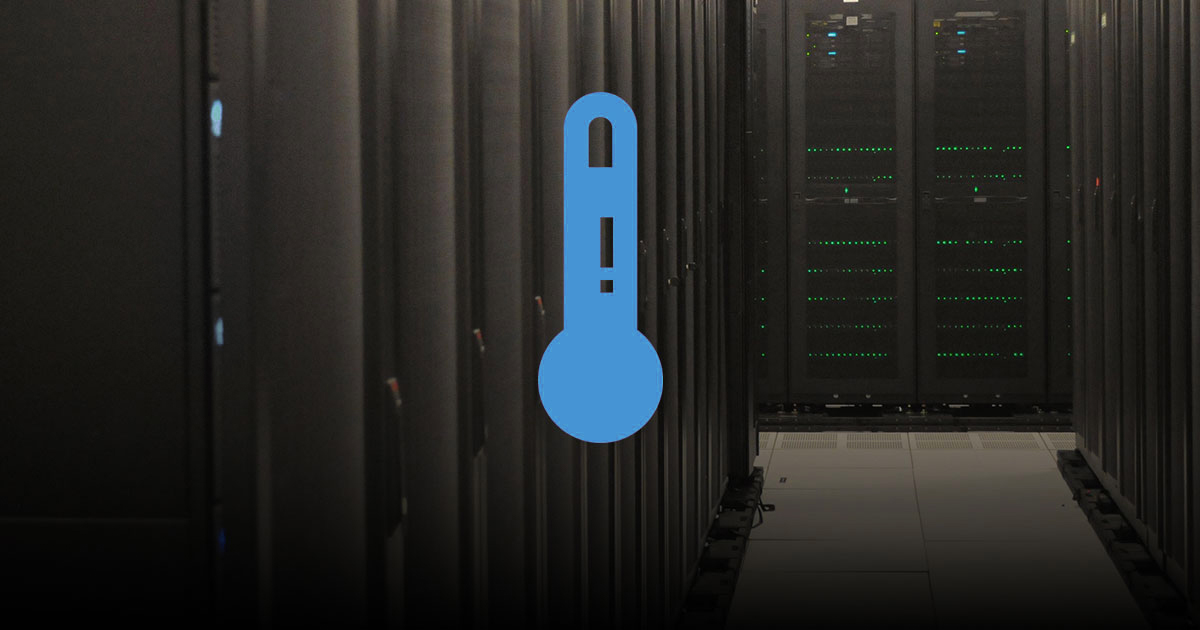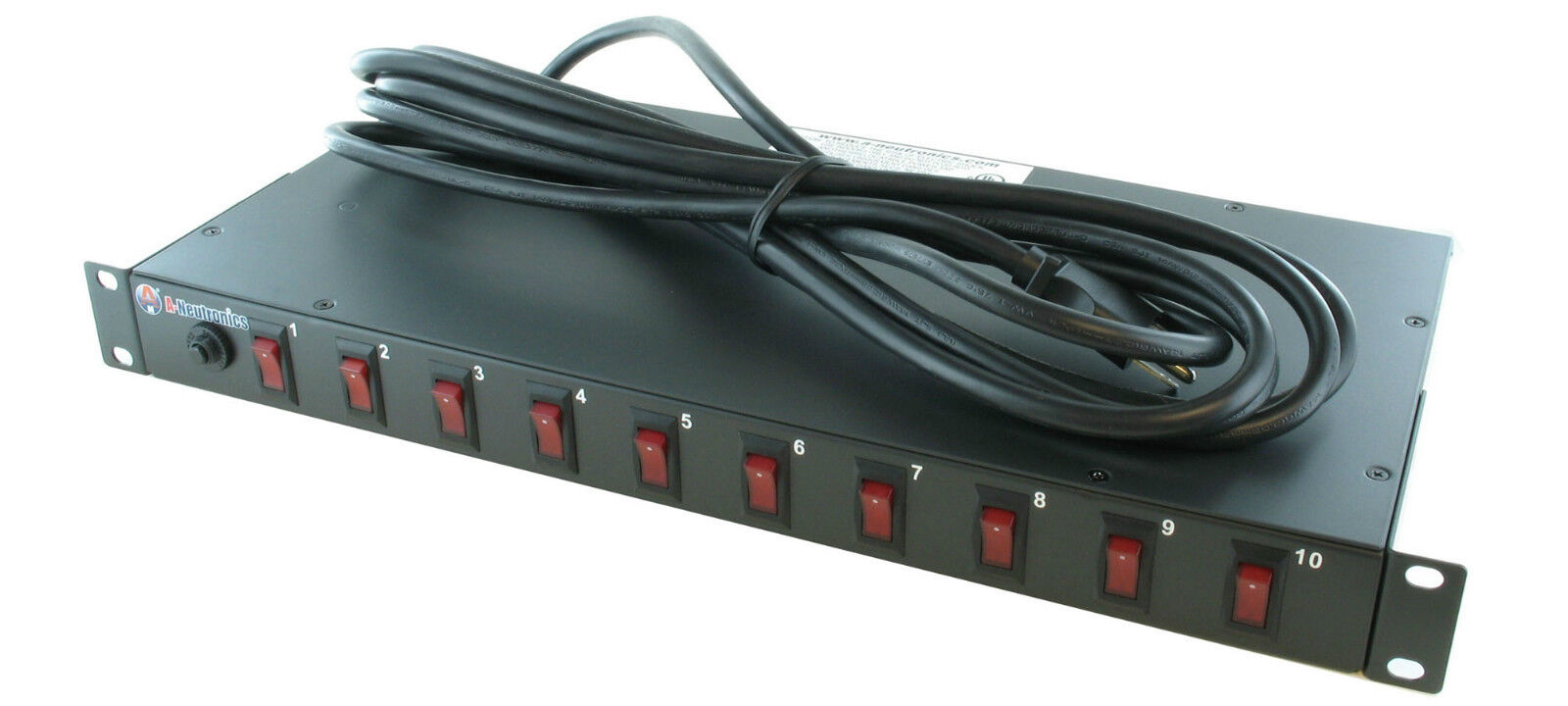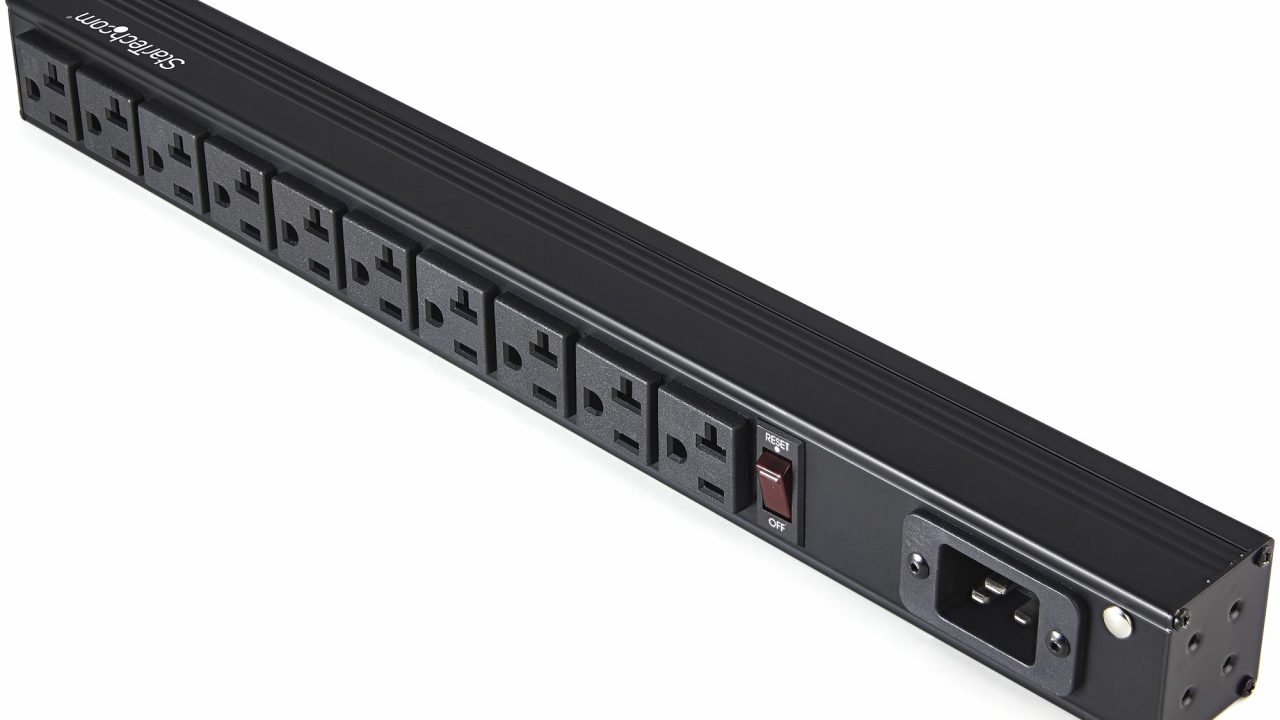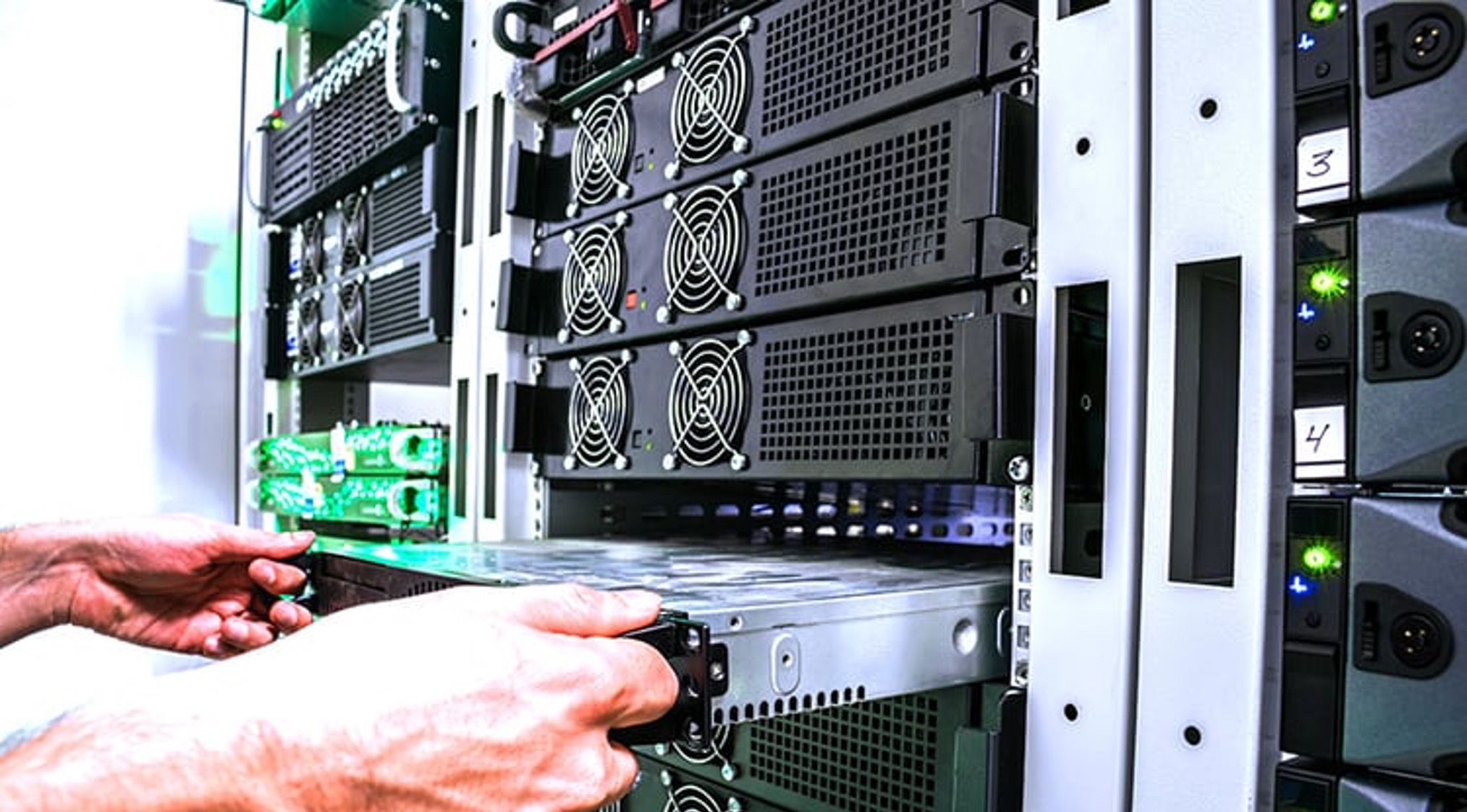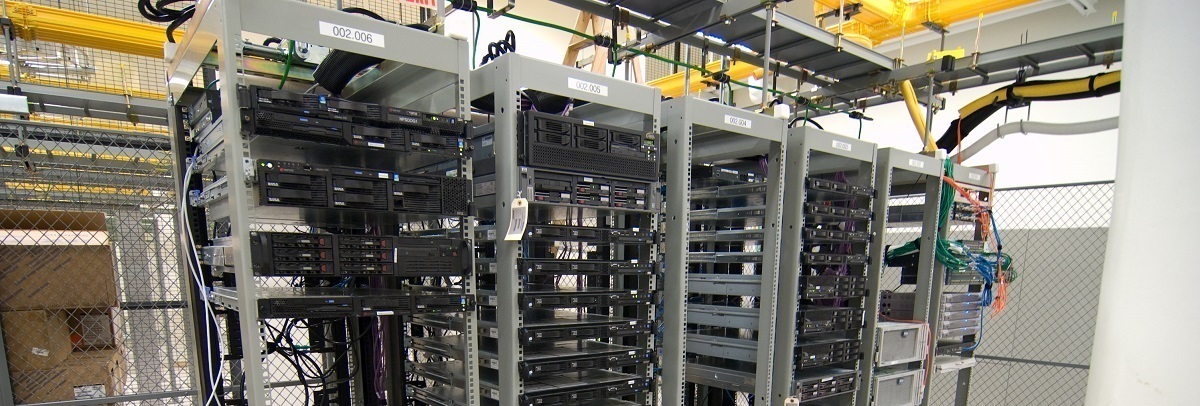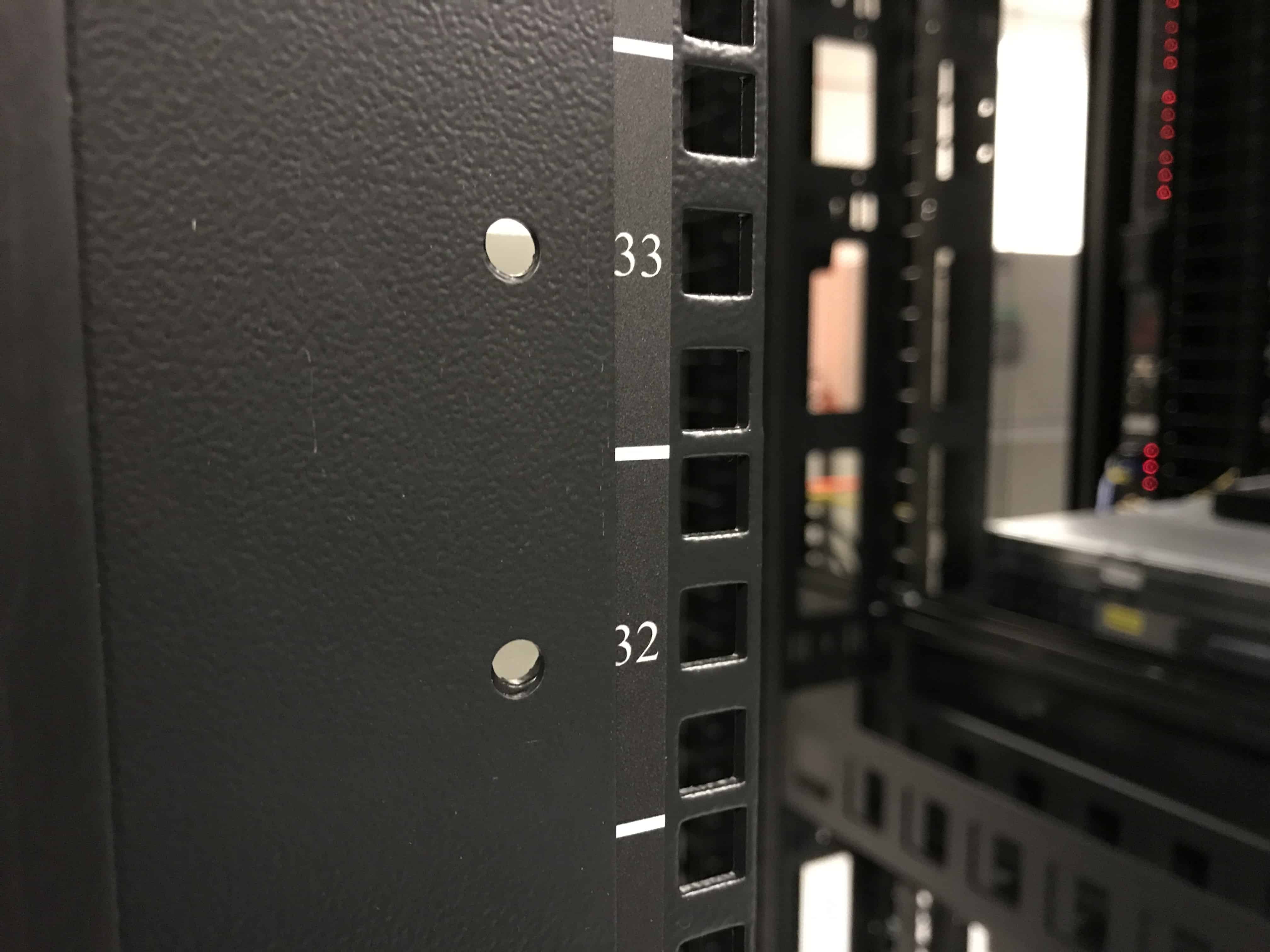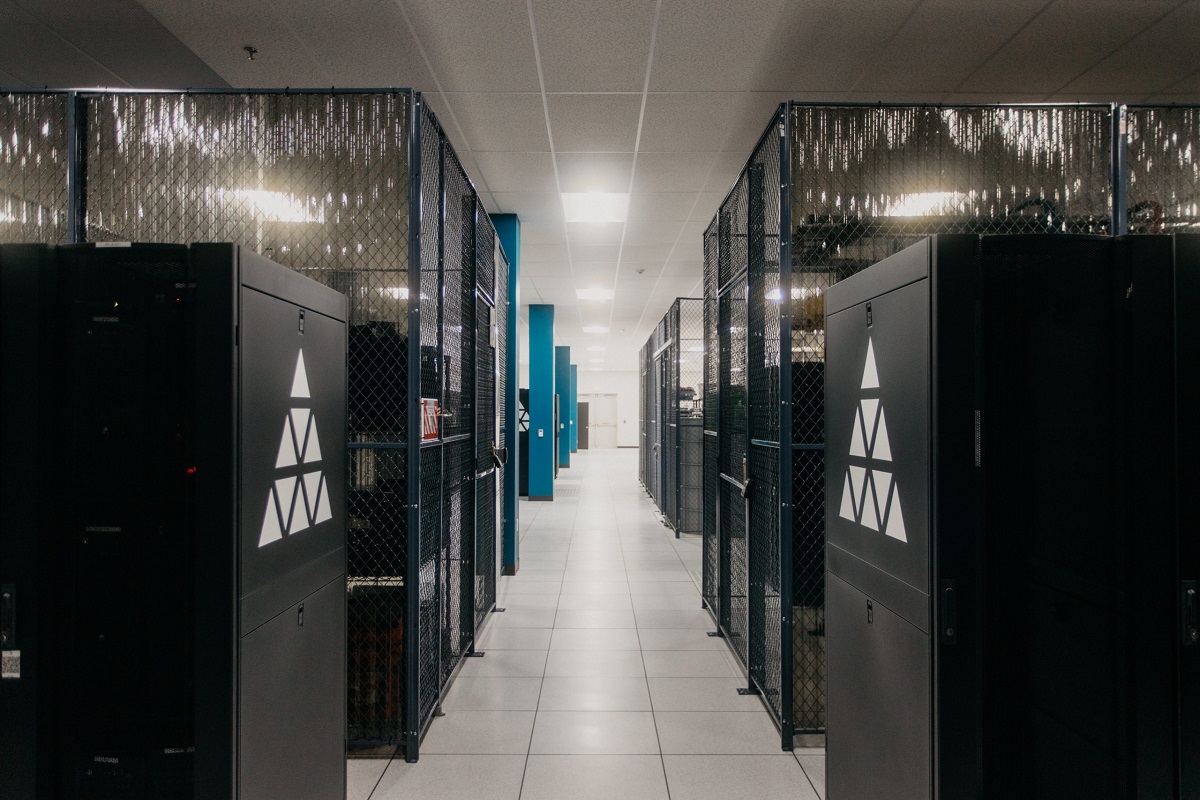Introduction
Welcome to our guide on how to calculate Server Rack BTU (British Thermal Units). As businesses increasingly rely on computer servers for their day-to-day operations, it is crucial to ensure that the equipment is operating within a safe temperature range. Overheating can lead to server downtime, reduced performance, and even permanent damage to critical hardware components.
Calculating the BTU generated by server racks is an essential step in effective data center management. By determining the heat load produced by each rack, data center managers can implement appropriate cooling solutions to maintain optimal operating conditions.
In this article, we will provide you with a comprehensive understanding of Server Rack BTU calculations. We will explain what Server Rack BTU is, highlight its significance in data centers, identify the factors that affect BTU calculations, and provide a step-by-step guide to accurately measure Server Rack BTU. Additionally, we will share best practices for managing and optimizing Server Rack BTU for efficient server room operations.
Whether you are a data center manager, IT professional, or someone with a vested interest in understanding how server rack cooling works, this guide will equip you with the knowledge to calculate and manage Server Rack BTU effectively.
So, let’s dive in and explore the fascinating world of Server Rack BTU calculations!
What is Server Rack BTU?
Server Rack BTU, or British Thermal Units, is a unit of measurement used to quantify the amount of heat produced by a server rack within a data center. It represents the energy required to increase the temperature of one pound of water by one degree Fahrenheit. In the context of data centers, BTU is used to determine the heat load generated by server racks, which helps in designing and managing cooling systems.
Server racks house multiple servers, power supplies, networking equipment, and other components that generate heat during their operation. This heat needs to be dissipated efficiently to prevent overheating and ensure the optimal performance and longevity of the equipment.
Measuring the BTU produced by a server rack is crucial for data center managers to maintain a controlled environment. It helps them determine the appropriate cooling capacity required to keep the equipment within safe temperature limits. By accurately calculating Server Rack BTU, data center operators can prevent costly downtime, equipment failures, and potential data loss that could result from overheating.
Understanding the concept of Server Rack BTU is essential for effective data center management. It enables data center managers to make informed decisions regarding cooling system design, capacity planning, equipment placement, and overall energy efficiency. By optimizing Server Rack BTU, organizations can achieve better energy management and reduce operational costs.
In the next section, we will explore why it is crucial to calculate Server Rack BTU in data centers and the potential implications if it is not effectively managed.
Why is it important to calculate Server Rack BTU?
Calculating Server Rack BTU is of utmost importance in data center management for several crucial reasons. Let’s delve into the significance of accurately measuring Server Rack BTU:
- Prevention of Overheating: Server racks generate significant heat during their operation, and excessive heat can lead to equipment failure, data loss, and costly downtime. By calculating Server Rack BTU, data center managers can ensure that the cooling infrastructure is adequate to maintain optimal operating temperatures and prevent overheating.
- Efficient Cooling System Design: Proper BTU measurement enables data center managers to design cooling systems that match the heat load generated by server racks. Without accurate BTU calculations, it would be challenging to determine the appropriate capacity of cooling equipment required to maintain an optimal temperature range. This ensures efficient cooling and prevents under or overprovisioning of cooling resources.
- Energy Efficiency: By calculating Server Rack BTU, organizations can identify energy inefficiencies and implement measures to optimize energy usage. Overprovisioning cooling capacity to compensate for insufficient BTU calculations can result in unnecessary energy consumption and increased operational costs. Accurate BTU calculations help optimize cooling systems, reducing energy wastage and promoting energy efficiency.
- Optimal Equipment Performance: Overheating can negatively impact the performance and lifespan of server equipment. By accurately measuring Server Rack BTU, data center managers can ensure that the equipment operates within manufacturer-specified temperature ranges, maximizing its performance and prolonging its lifespan.
- Capacity Planning: Server Rack BTU calculations play a critical role in capacity planning. By knowing the heat load of each server rack, data center managers can effectively allocate resources, plan for future expansions, and ensure sufficient cooling infrastructure is in place to accommodate growing needs without compromising performance or reliability.
Overall, calculating Server Rack BTU is essential for maintaining a stable and efficient data center environment. It enables effective cooling system design, minimizes the risk of equipment failure, enhances energy efficiency, optimizes equipment performance, and supports capacity planning for future growth.
Now that we understand the importance of calculating Server Rack BTU, let’s explore the factors that need to be considered when performing these calculations.
Factors to consider when calculating Server Rack BTU
Calculating Server Rack BTU involves considering various factors that contribute to the heat load generated by the equipment. It’s important to account for these factors to ensure accurate BTU calculations. Let’s explore the key considerations:
- Power Consumption: The power consumption of the equipment within the server rack is a crucial factor in BTU calculations. The more power consumed by the servers, switches, storage devices, and other components, the higher the heat load generated. Ensure you have accurate power consumption data for each device in the rack.
- Efficiency Ratings: Take into account the efficiency ratings of the servers and other equipment in the rack. Check for Energy Star or other efficiency certifications that indicate the equipment’s energy efficiency. Higher efficiency ratings generally result in lower heat generation.
- Density: Consider the rack density, which refers to the number of devices and their arrangement within the rack. Higher density racks with tightly packed servers tend to generate more heat since there is less space for air circulation. Lower density racks with ample space between devices allow for better heat dissipation.
- Cooling System Efficiency: The efficiency of the data center’s cooling system plays a significant role in BTU calculations. Factors such as airflow management, cooling system design, and effectiveness of cooling mechanisms impact the overall cooling capacity. A well-designed and optimized cooling system ensures effective heat dissipation and accurate BTU calculations.
- Environmental Conditions: Consider the ambient temperature and humidity levels in the data center environment. Higher ambient temperatures will add to the heat load, requiring additional cooling capacity. Humidity levels can affect cooling efficiency and equipment performance, so it’s important to monitor and control them appropriately.
- Redundancy: Take into account any redundancy measures implemented in the data center, such as redundant power supplies or redundant cooling systems. Redundancy adds additional heat load, which needs to be factored into the BTU calculation.
By considering these factors, data center managers can accurately determine the heat load generated by server racks and design efficient cooling systems to maintain optimal operating conditions. It’s important to regularly update the BTU calculation as changes in equipment, power consumption, or cooling infrastructure can impact the heat load.
Now that we understand the key factors involved in Server Rack BTU calculations, let’s move on to the step-by-step guide on how to calculate Server Rack BTU accurately.
Step-by-step guide to calculate Server Rack BTU
Calculating Server Rack BTU involves a systematic approach to ensure accurate measurements. Follow these step-by-step instructions to calculate Server Rack BTU:
- Identify Power Consumption: Determine the power consumption of each device within the server rack. This information can typically be found on the equipment’s specifications label or in the manufacturer’s documentation.
- Convert Watts to BTU: Convert the power consumption of each device from watts to BTU. To do this, multiply the watts by a conversion factor of 3.412. For example, if a server consumes 500 watts, the BTU calculation would be 500 * 3.412 = 1,706 BTU.
- Assess Rack Power Load: Add up the individual BTU values for all the devices within the server rack to determine the total rack power load. This represents the heat load generated by the entire rack.
- Consider Rack Density: Take into account the rack density, as it can impact the heat dissipation within the rack. Higher-density racks with tightly packed devices may require additional cooling capacity or adjustments in the BTU calculation.
- Factor in Redundancy: If your data center has redundancy measures, such as redundant power supplies or cooling systems, include the additional heat load generated by these redundant components in the BTU calculation.
- Calculate Total Server Room BTU: If you have multiple server racks in your data center, repeat the above steps for each rack. Once you have the rack BTU values, add them together to calculate the total BTU for the server room.
- Review and Update Regularly: BTU calculations should be regularly reviewed and updated to reflect any changes in equipment, power consumption, cooling infrastructure, or environmental conditions. This ensures accurate BTU measurements and proper maintenance of cooling systems.
By following this step-by-step guide, you will be able to accurately calculate Server Rack BTU, allowing you to implement appropriate cooling solutions and maintain optimal operating conditions within your data center.
Now, let’s proceed to the next section where we will provide an example calculation of Server Rack BTU to further illustrate the concept.
Example calculation of Server Rack BTU
To better understand how Server Rack BTU is calculated, let’s walk through an example calculation:
Suppose you have a server rack with the following devices:
- Server A: 300 watts
- Server B: 400 watts
- Switch: 200 watts
- Storage Device: 350 watts
To convert the power consumption from watts to BTU, we multiply each device’s power consumption by the conversion factor of 3.412:
- Server A BTU: 300 watts * 3.412 = 1,023 BTU
- Server B BTU: 400 watts * 3.412 = 1,364 BTU
- Switch BTU: 200 watts * 3.412 = 682 BTU
- Storage Device BTU: 350 watts * 3.412 = 1,194 BTU
Next, we calculate the total rack power load by adding up the BTU values of all the devices:
Total Rack Power Load: 1,023 BTU + 1,364 BTU + 682 BTU + 1,194 BTU = 4,263 BTU
Keep in mind that this calculation assumes no redundancy measures or density considerations. Adjustments may be required based on your specific data center setup.
By accurately calculating the Server Rack BTU, you have valuable information to determine the cooling capacity required to maintain optimal operating temperatures. This ensures the longevity and reliable performance of your server equipment.
Now that we have covered the example calculation, let’s explore best practices for managing Server Rack BTU in your data center.
Best practices for managing Server Rack BTU
Effectively managing Server Rack BTU is crucial for maintaining a stable and efficient data center environment. By following these best practices, you can optimize cooling systems, enhance energy efficiency, and prevent potential issues related to heat load:
- Regularly monitor and assess BTU: Continuously monitor and assess the Server Rack BTU to ensure accurate measurements. Regularly update the calculations to reflect any changes in equipment, power consumption, or cooling infrastructure.
- Implement proper airflow management: Ensure proper airflow management within the rack. Plan the placement of devices to optimize air circulation and minimize hotspots. Use cable management solutions to keep cables organized and avoid blocking airflow.
- Optimize cooling system design: Implement a cooling system design that aligns with the heat load of the server racks. Consider factors such as rack density, cooling mechanisms, and airflow patterns. Optimize air conditioning and ventilation to maximize cooling efficiency.
- Utilize intelligent temperature monitoring: Install temperature sensors throughout the data center to monitor real-time temperatures. Implement intelligent temperature management systems that can automatically adjust cooling systems based on the heat load and environmental conditions.
- Implement hot and cold aisle containment: Consider implementing hot and cold aisle containment strategies. This involves segregating hot and cold airflows, preventing the mixing of hot and cold air, and improving cooling efficiency.
- Consider energy-efficient equipment: When upgrading or adding new equipment, consider investing in energy-efficient servers, switches, and storage devices. Look for Energy Star or other energy efficiency certifications.
- Regularly clean equipment and cooling systems: Regularly clean servers, fans, and air conditioning units to remove dust and debris that can impede airflow and reduce cooling efficiency.
- Implement environmental monitoring: Implement environmental monitoring systems to track temperature, humidity, and other environmental conditions. This helps anticipate and address potential issues before they become critical.
- Regularly test and evaluate cooling system performance: Test and evaluate the performance of the cooling system regularly. Conduct thermal audits to identify areas of improvement and optimize cooling system efficiency.
- Train data center staff: Provide training to data center staff on Server Rack BTU management, proper equipment installation, and maintenance. Ensure they understand the importance of heat load management and are familiar with industry best practices.
By following these best practices, you can effectively manage Server Rack BTU, prevent equipment failure, optimize cooling systems, enhance energy efficiency, and maintain a reliable and stable data center environment.
Now, let’s conclude our guide on calculating and managing Server Rack BTU by summarizing the key points discussed throughout the article.
Conclusion
Calculating and managing Server Rack BTU is essential for maintaining optimal operating conditions in data centers. By accurately measuring the heat load generated by server racks, data center managers can design and implement effective cooling solutions, prevent downtime, and ensure the longevity and performance of critical equipment.
In this guide, we explored the concept of Server Rack BTU and its importance in data center management. We discussed the factors to consider when calculating BTU, including power consumption, efficiency ratings, rack density, cooling system efficiency, environmental conditions, and redundancy measures.
We provided a step-by-step guide on how to calculate Server Rack BTU, emphasizing the identification of power consumption, conversion of watts to BTU, assessing rack power load, considering rack density and redundancy, and calculating the total BTU for the server room.
Additionally, we highlighted the significance of regularly monitoring BTU, implementing proper airflow management, optimizing cooling system design, utilizing intelligent temperature monitoring, considering energy-efficient equipment, and conducting regular cleaning and maintenance. These best practices contribute to effective Server Rack BTU management and help maximize cooling efficiency while minimizing energy consumption.
By following these best practices, data center managers can ensure that server equipment operates within safe temperature ranges, mitigate the risk of overheating and equipment failure, optimize energy efficiency, and facilitate proper capacity planning for future expansion.
As technology continues to advance and data centers become more critical, the accurate measurement and management of Server Rack BTU will continue to play a significant role in maintaining the reliability and performance of data center operations.
We hope that this guide has provided you with valuable insights into the world of Server Rack BTU. By applying the knowledge gained, you can effectively calculate and manage Server Rack BTU, contributing to the success of your data center operations.







